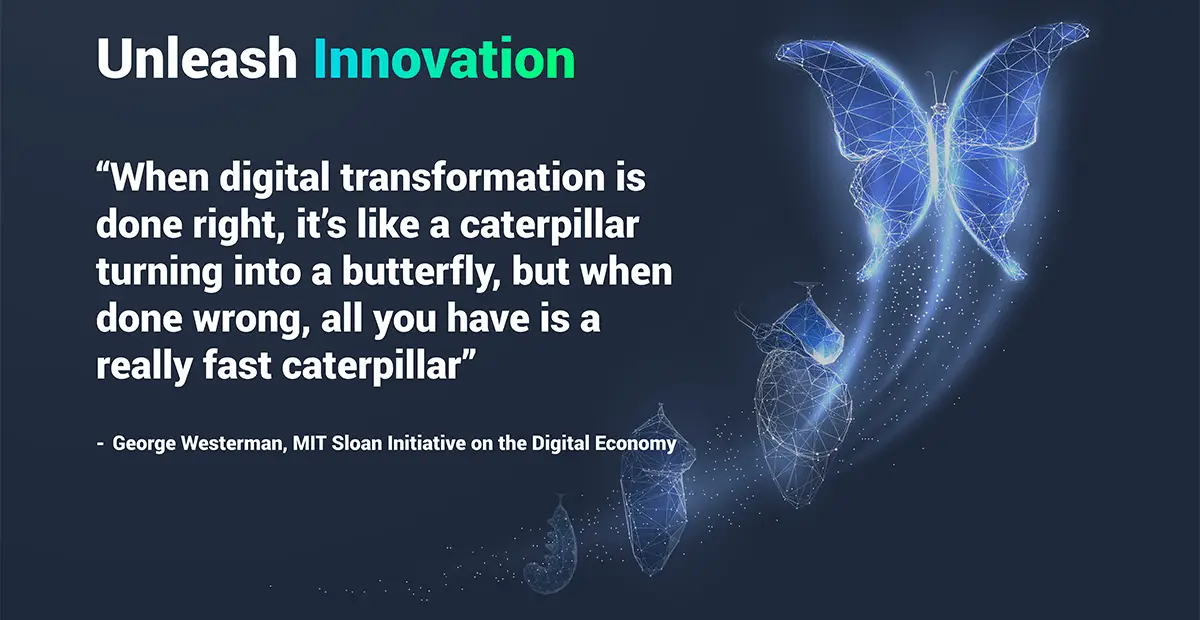Digitisation and digitalisation sound similar, but they deliver very different outcomes. Digitising a form or scanning paperwork does not transform operations on its own. However, using that digital information to improve the way work is carried out does. That is why the difference matters, especially for companies that want to improve productivity, compliance, inspections and training.
What is Digitisation?
Digitisation refers to converting information into a digital format. For example, scanning documents, converting photos, or uploading reports into a folder. This has been happening for decades. It protects information, it makes data easier to share, and it removes the physical burden of paper. Almost every business has already done digitisation in one way or another.
However, digitisation stops at “having digital copies.” It does not change the way work is actually done.
What is Digitalisation?
Digitalisation is different. It is the use of digital technologies to change how work actually happens. For example, digital platforms like WorkfloPlus allow companies to capture data as tasks are completed. This enables real-time insight, consistent task execution, improved audit trails and better decision-making.
According to McKinsey, 70% of digital transformations fail because businesses focus on technology instead of behaviour change. Digitalisation works when it improves the way work is done, not just the format of the information.
Digitalisation in Action
This difference becomes very clear in real-world examples. For instance, Network Rail trialled WorkfloPlus in partnership with Cyberhawk on the East Coast Main Line. Their goal was to reduce paperwork and improve the accuracy of catenary inspections. The trial combined drone inspection technology with digital work instructions and instant reporting thanks to WorkfloPlus.
As a result, inspection tasks took less time to set up, run and close out. Engineers recorded more accurate data, shared it instantly, and eliminated manual paperwork. Additionally, fewer workers needed to be trackside, which improved safety.
This is digitalisation delivering operational impact, not just digitisation of documentation.
Why the Difference Matters
Digitisation alone does not change how work is performed. Digitalisation changes behaviour. It captures the data that matters, at the exact moment the task is done. This enables better compliance reporting, clearer audit evidence, safer operations, and more efficient workforce utilisation.
Businesses do not just need documents stored digitally. They need a practical way to use that information to improve productivity, empower their workforce, and reduce risk. That requires digitalised task execution, not just digital copies of paper.
Moving Forward
Digitalisation with platforms like WorkfloPlus gives companies the ability to convert real-world tasks into digital operational workflows, and to turn that execution into usable business intelligence. That is the difference between simply storing information and actually improving the way work gets done.
Digitisation creates access. Digitalisation creates transformation.
If you want to move beyond scanned paperwork and start improving productivity, compliance, inspections and training, WorkfloPlus can help you digitalise the way your organisation works.

